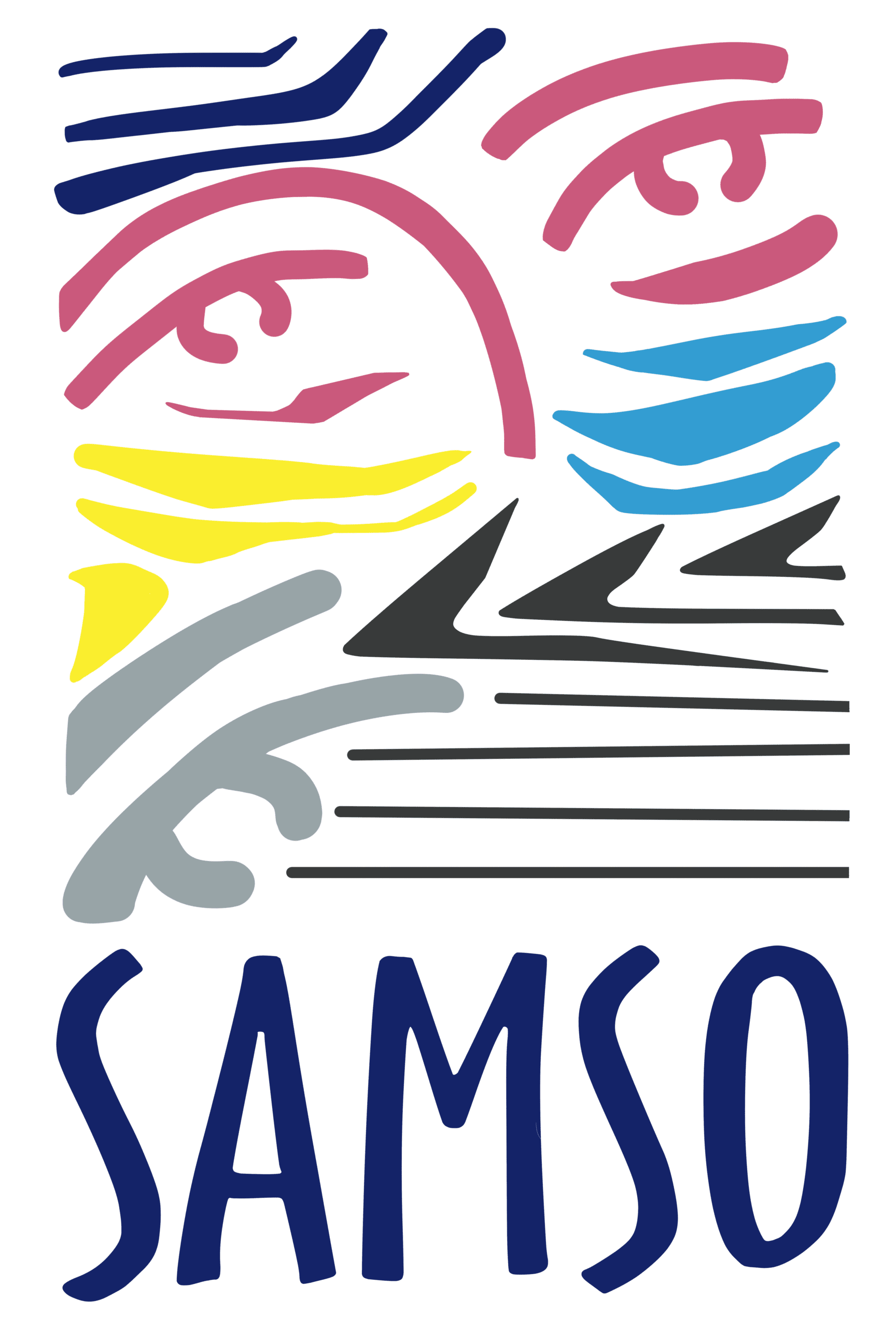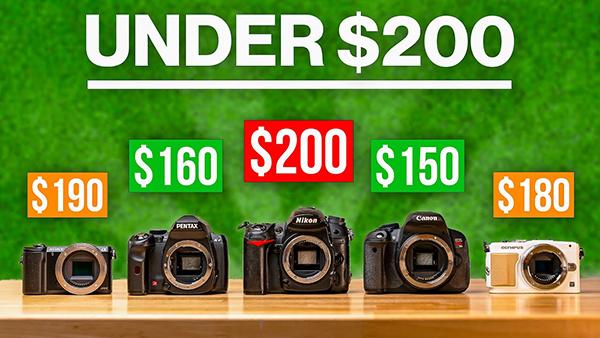A quick browse through Amazon’s camera section reveals numerous suspiciously cheap devices, from £15 upwards. Though tempting, these often deliver subpar results compared to modern smartphones, despite their marketing claims.
While these basic cameras might suit a child’s first camera, a pre-owned rugged camera would be a wiser investment for slightly more money.
I understand some photographers face genuine budget constraints, particularly around £100. Though challenging, finding a vintage DSLR with a basic lens at this price point isn’t impossible.
Consider this: a Canon EOS 20D with its 18-55mm kit lens costs roughly £65 from reputable dealers. Adding necessary accessories brings the total to about £100. Despite its 8.2-megapixel sensor, this setup can produce impressive photographs.
Today’s entry-level camera kits typically cost around £1,000 or more – a significant barrier for many passionate individuals. Rather than dwelling on this challenge, let’s focus on solutions. The used market offers professional-grade cameras at reasonable prices compared to new entry-level kits.
Consider the Nikon D300, my former primary camera, now available for £120, or the Canon EOS 1D Mark III at £240. Though older, the latter was once Canon’s flagship DSLR, used by professionals for award-winning work. For full-frame capabilities, the Canon EOS 5D Mark II with its 21-megapixel sensor costs around £255, with the Mark III slightly higher. The Nikon D3, another full-frame camera I extensively used, sells for about £370 with accessories.
These professional DSLRs, whilst not matching current technology, remain capable of exceptional photography and offer remarkable durability. Their lenses can also adapt to mirrorless systems, providing a future upgrade path.
Mirrorless cameras offer additional benefits like electronic viewfinders and superior autofocus. The Micro Four Thirds system includes options like the Panasonic GH3 (£160), GH4 (£280), and Olympus E-M1 (£295).
In APS-C, Fujifilm X Series cameras like the X-T10 and X-E2 cost around £400. The Canon EOS R100 with kit lens is £440, while the Nikon Z50 approaches £480.
Even full-frame mirrorless options remain accessible. The Sony a7 II, featuring a 24.3-megapixel sensor and quality EVF, costs approximately £520 – significantly less than current models.
The original Sony a7 offers more than just cost savings. Its E-mount system provides exceptional versatility with numerous affordable lens options, both new and used, making it one of the most adaptable lens mounting systems available, particularly for vintage SLR lenses.
This isn’t meant to be a comprehensive buying guide, as such an endeavour would be overly complex and quickly outdated. Rather, these examples demonstrate that photographers with budgets under £2,000 needn’t settle for inferior equipment or trust unreliable manufacturers offering mediocre image quality barely superior to mid-range mobiles.
Photography enthusiasts should instead consider previous models from established manufacturers. While newer cameras generally perform better, recent models rarely represent revolutionary advances. Professional photographers captured Pulitzer-winning images with DSLRs a decade ago, and these cameras remain capable today.
Photography is a joyful pursuit, and numerous exceptional pre-owned cameras await discovery, offering far better value than budget new alternatives.


Leave a Reply